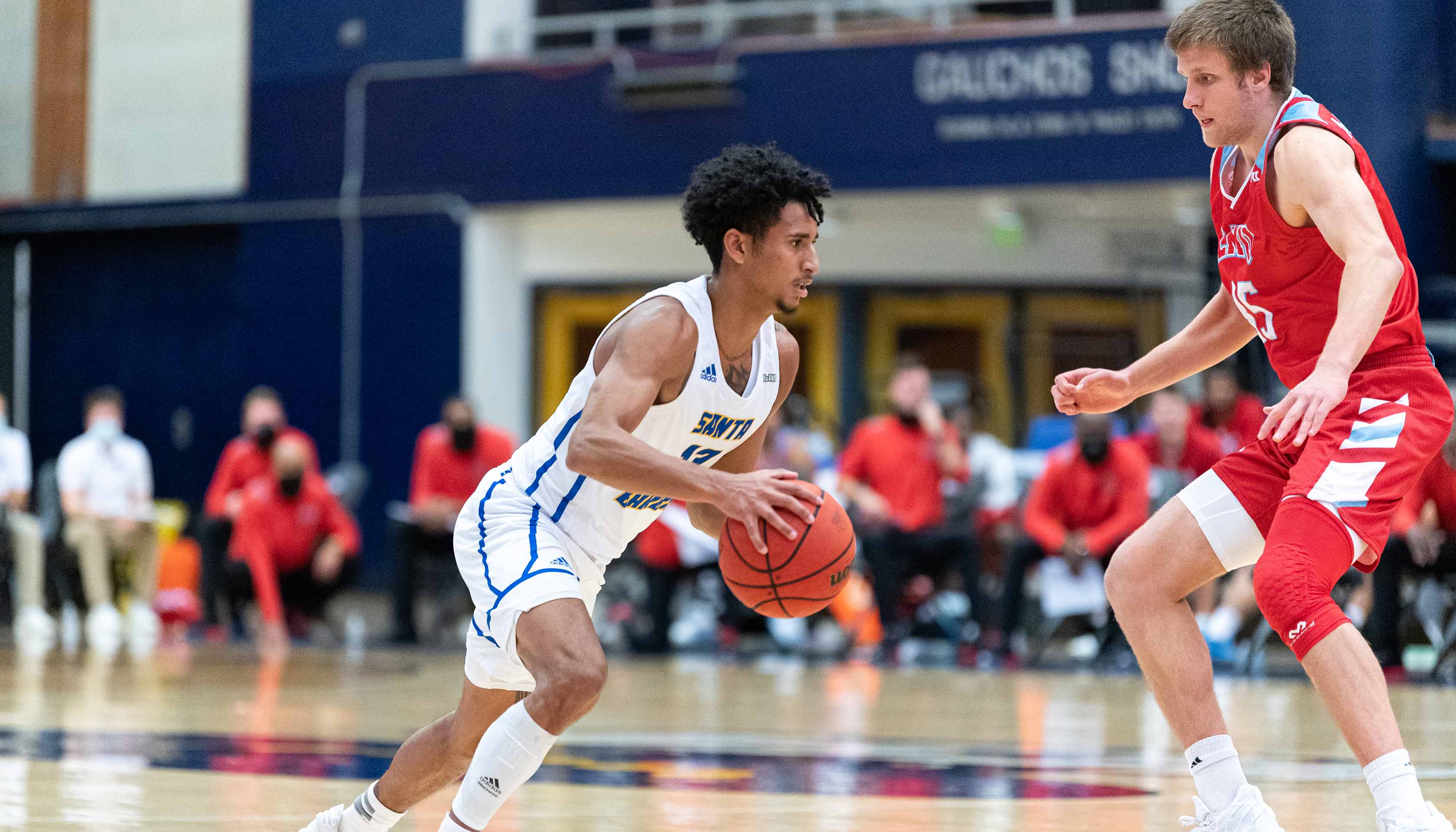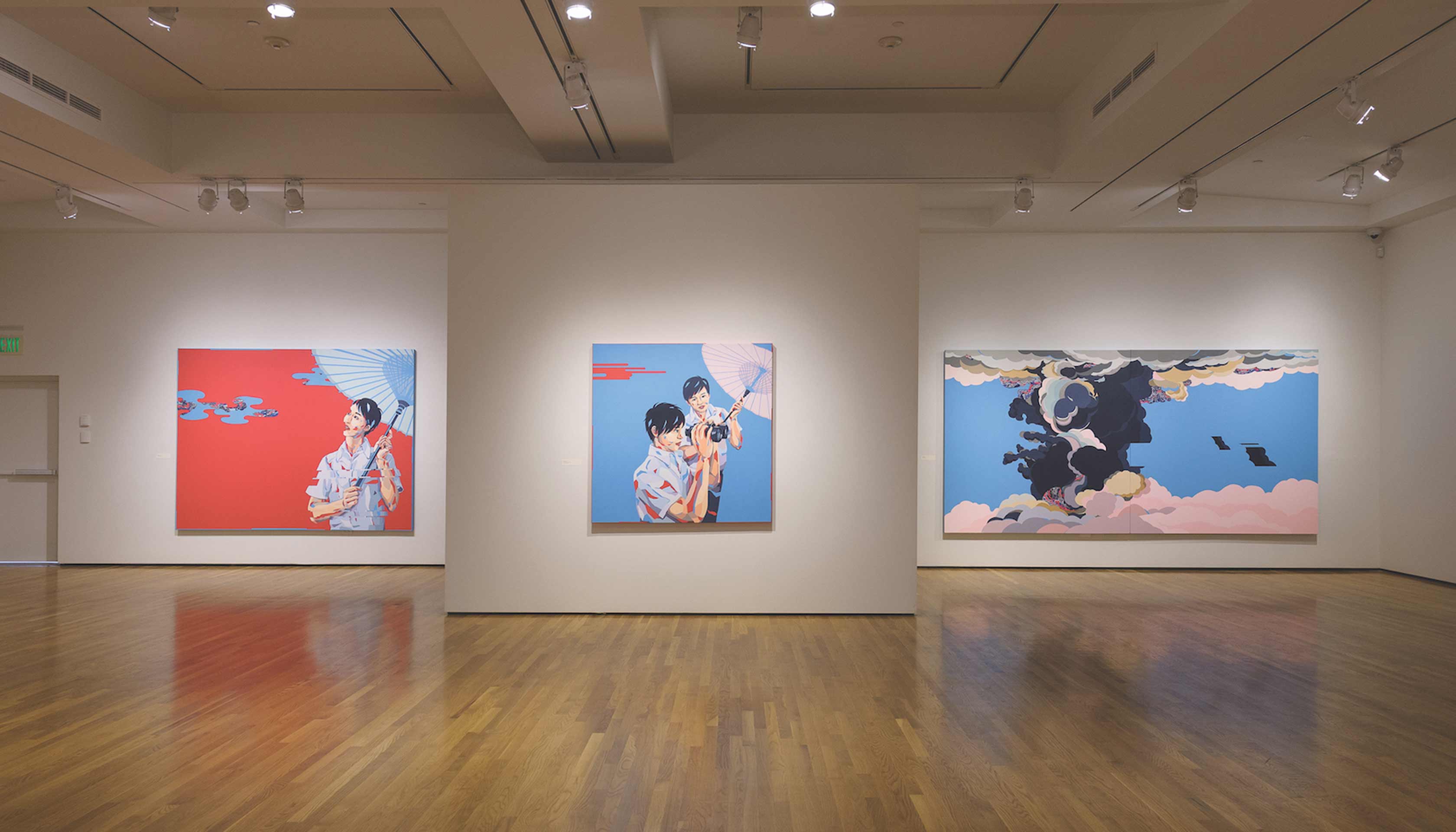Legends to Be
According to available surveys, Santa Barbara County is home to a higher percentage of female winemakers than anywhere else in California. Alison Thomson ’06, is one of them. In addition to running her own label L.A. Lepiane, Thomson is the co-winemaker and director of operations for Two Wolves Wine, the Santa Ynez Valley vineyard owned by the pop star Pink.
“I learned that I loved being outside, getting my hands dirty, and doing physical work with the Habitat Restoration Club,” Thomson says of her university days, which included an eye-opening study abroad program in Siena, Italy, where wine is part of daily life. She remains close to UC Santa Barbara. “I live a short bike ride away from campus, so we are often at Campus Point, or at concerts and lectures,” says Thomson, whose kids learned to swim at the Rec Cen. “It was a trip bringing them there for lessons because I was once a lifeguard at that pool.”
Like Thomson, both David Potter ’01, the owner of Municipal Winemakers and Potek Winery, and Matt Brady ’05, the winemaker for SamSara Wine Co., dipped their toes into wine while still students at UC Santa Barbara. Brady found that, “four years of wearing flip flops was good training for climbing barrel racks in my favorite footwear.” He got a winery job while finishing his last quarter. “The Santa Barbara County wine world is filled with warm and supporting people,” says Brady. “It’s a truly special place to work and live.”
Potter agrees. “It’s a young and vibrant industry, and it’s very approachable,” he says. “Despite not being able to get a degree in enology, there are many opportunities for gaining experience and learning winery work.”
Up the coast in Paso Robles, Patrick Muran ’98, is the winemaker at Niner Wine Estates. The microbiology major took the MCATs on his way to be a doctor, then realized that “wine is a lot like medicine, just a lot more enjoyable.” But he still uses his degree daily.
“The science behind wine, and the science in the vineyards with soil dynamics, is what I am most passionate about,” says Muran. “I enjoy learning about the connection of the parts to the whole.”
In Arroyo Grande, Blake Kuhn ’95 is the regional winemaking director for Vintage Wine Estates, which owns Qupe, Laetitia and many other brands. He credits UCSB’s quarter system for his stamina. “It’s the ultimate pressure cooker, just like harvest: 10 weeks non-stop!” he says. “The quarter system forces you to learn under the pressure of time constraints and teaches you to prioritize both your time and effort to achieve the best results by making quick, educated and effective decisions. Throw in the allure of the beach and you really have to stay focused!”
The path Christina LoCascio ’01 took to wine is unlike anyone else. During her third year, the art studio and communication major interned at a wine magazine, which sparked her initial interest and led to work in the Temecula Valley. But the real magic struck in 2004, when LoCascio — whose artwork illustrates this feature — developed a method of painting with wine, then found her paintings adorning bottles made by Artiste Winery in the Santa Ynez Valley. Along the way, she married Michael Larner, whose family owns Larner Winery in Santa Barbara’s Ballard Canyon.
Living on the vineyard, LoCascio is intimately involved from grape to glass. “I love the science and art of the winemaking process, the beauty of growing grapes and making wine from our vineyard, and connecting with people over great wine and food,” she says. “It takes patience and passion to grow in the wine business, but it’s about the good things in life.”


